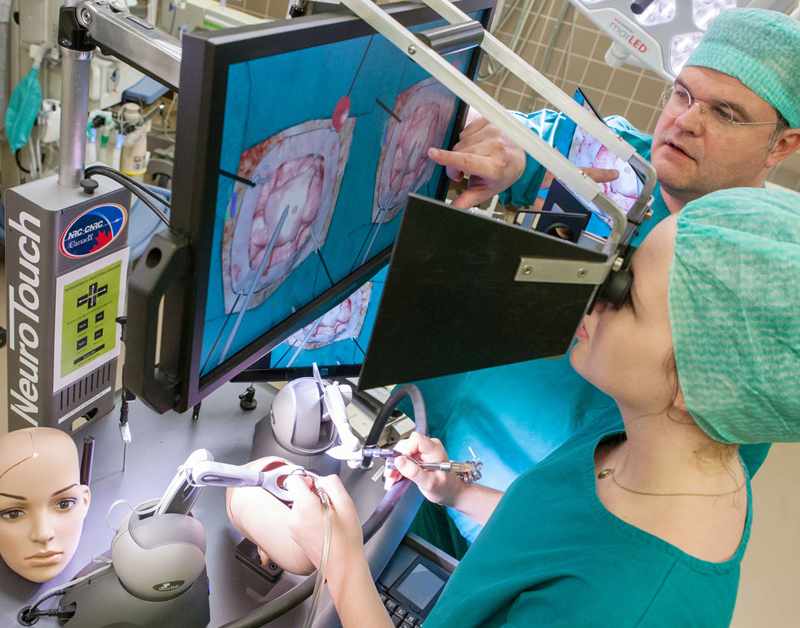
With the appearance of many models and techniques, atherectomy—a procedure that is meant for clearing blocked or clogged arteries—has seen amazing advances. A few key factors determine how well an atherectomy model operates. These include the operative method, surgeon’s skills, patient choice, equipment quality, and post-procedural care. This post analyzes such elements and stipulates how platforms like SurgeonsLab improve atherectomy methods with their offerings.
Procedural Technique
The final outcome of an atherectomy is heavily dependent on how it is performed. Among popular methods are rotational, directional, and laser atherectomy. In directional atherectomy, a sharp cutter on a catheter is used to cut away plaque, while in rotational atherectomy, a diamond-tipped burr is used to grind away plaque. Using strong-energy light, laser atherectomy vaporizes the plaque.
Every method has advantages and might be better based on the specific vascular state. Surgeons have to determine which approach best fits the medical history and anatomy of the patient.
Surgeon’s Skill and Experience
The skills and expertise of the surgeon are extremely crucial for everything to go well. Those who invest in atherectomy training are more equipped to handle difficult anatomical variances and more capable of managing complicated instances. By keeping current on the newest methods and continuous training, surgeons can get better results.
Patient Selection and Health Profile
Not all patients are a good candidate for an atherectomy. One has to carefully evaluate things like medical history, overall condition, and degree of artery obstruction. Generally, suitable candidates include those who suffer from coronary artery disease or PAD (peripheral arterial disease). Good patient selection indicates that the operation is both required and useful, thus cutting risks while aiding recovery.
Equipment and Technology
Achieving optimum results relies on cutting-edge technologies like imaging systems, catheters, high-precision drills, and catheters. Advanced imaging methods improve our view of artery walls. This simplifies the removal of plaque and lowers problems thanks to precise removal.
The Role of SurgeonsLab
With its advanced surgical training models, SurgeonsLab leads in improving atherectomy operations. Their models stress practical instruction so that surgeons can become masters of the most recent advancements and methodologies. SurgeonsLab helps medical experts gain a greater comprehension of procedure specifics.
To Conclude
In essence, how well an atherectomy model works relies on the technique applied, the skill of the surgeon, the patient’s choice, the quality of the tools, and the care given after the surgical procedure. SurgeonsLab continues to set higher standards in the sector by tackling these key elements.




















Write a comment ...